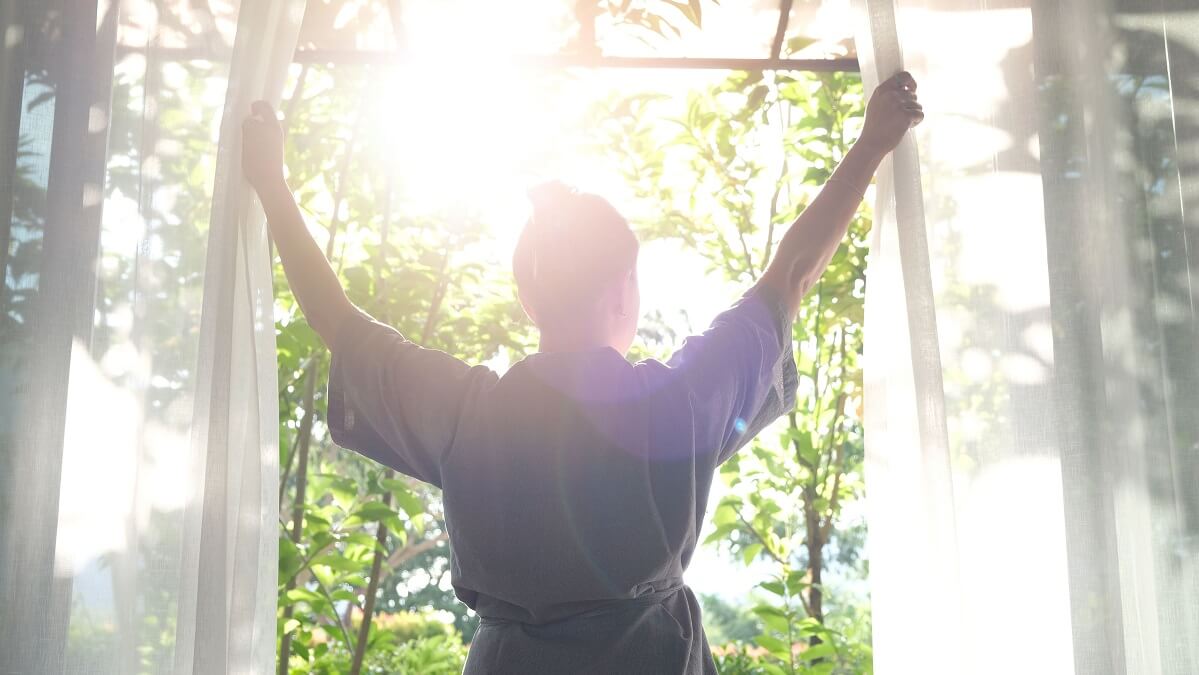Do you ever wonder about some of the vitamins that might be missing from your diet? If you do, vitamin D is probably not one that springs to mind. Most Australians know that the sun is a great source of vitamin D. And our land is, as Dorothea Mackellar famously told us in her iconic poem, “a sunburnt country”.
However, it is possible, even here in our “land of sweeping plains”, to suffer from a vitamin D shortage. So there’s no harm in doing a quick self-check of your lifestyle to see if you might be at risk.
Why do you need vitamin D anyway?
The key function vitamin D plays in human health is in your bones. While it does not directly provide nutrients to the bones, it does help those nutrients to get where they’re needed.
You probably know how important calcium is for bone health and strength. Without enough calcium, your bones can become brittle, especially as you get older. Calcium needs to be absorbed into the body, and vitamin D plays a big part in the efficiency of that absorption.
Vitamin D also regulates your blood’s calcium level, strengthens your skeleton and helps with hormone function and nervous system regulation. It is vital to cell growth and maintaining a healthy immune system, too.
So you can see that it plays an important role in your health.
How much vitamin D you need varies depending on your age. The older you get, the more you need. According to Australian government recommendations, 5μg (micrograms) per day is enough for anyone aged 50 or under. Once you cross the 50 mark, that changes. Adults aged 51-70 years should have 10μg per day and adults aged over 70 should have 15μg.
Get out there and catch some rays
Australia’s temperate to tropical climate provides plenty of sunshine to most parts of the country for most of the year. For most, catching enough UV radiation to provide the required vitamin D levels isn’t an issue.
That’s especially true in summer, when a few minutes of exposure will give you the vitamin D you need. But for anyone who lives south of Brisbane, a little bit of extra effort is required in the colder months.
In Sydney, Perth and Canberra, the months of June and July are important in this regard. For those two months it is recommended you get two to three hours of sunshine exposure each week.
The same daily recommendations apply for Adelaide, Melbourne and Hobart, but for a longer period, from May through to August. Remember that some skin (face or arms) needs to be exposed for the vitamin D to be absorbed.
What if I don’t get enough through the sun?
While most Australians won’t have any trouble at getting enough sun, there can be exceptions. Work arrangements or health issues may make getting outdoors during daylight hours difficult.
In such cases, getting vitamin D through other means is important. While a healthy diet will provide you with most of the vitamins you need, vitamin D is a different story. It is actually very difficult to get enough through diet alone.
Some foods help you get there. There are several types of mushrooms that are a good source of vitamin D. Salmon, trout and tuna are among some of the fish that can help, too. But if you are unable to get the recommended UV exposure, it will be a challenge to get all the vitamin D through food alone.
Vitamin D supplements can help those whose levels are low. If you suspect your levels are low, the best option is to seek medical advice. A simple blood test via your GP will provide the answer, and your doctor will then recommend supplements if required.
While you can’t get too much vitamin D through exposure, high supplement doses over time can cause vitamin D toxicity. So you really should not be going down the supplement path unless recommended by a health professional.
Otherwise, as we head into the winter months here in Australia, if you see the sun shining get out there and catch a few rays.
Are you concerned about your vitamin D levels? How much sun exposure do you get during the winter months? Let us know in the comments section below.
Also read: Can this vitamin help prevent cancer?
Health disclaimer: This article contains general information about health issues and is not advice. For health advice, consult your medical practitioner.


Few people south of Sydney get enough vitamin D from sunlight in winter – it is simply too cold to bare enough skin. I take 1000iu in winter because it is a vitamin involved in fighting infections. Ireland has recommended everyone take 1000iu in winter.